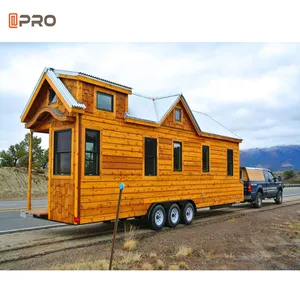Popular in your industry





































































Related Searches:


























































































































































Top categories
About dumb waiter
The dumb waiter, an ingenious invention by George W. Cannon in the late 19th century, has evolved from a simple manual mechanism to a sophisticated dumb waiter system today, highly integral in sectors like hospitality and healthcare. These dumbwaiter elevators, whether installed as kitchen dumbwaiters in restaurants or as commercial dumbwaiters in hotels, have revolutionized the way goods are transported within buildings. From the early manual dumbwaiter models to the sophisticated electric dumbwaiter systems of today, these devices have continually adapted to the demands of their environments, serving distinct purposes in material handling and transportation.
What is a dumb waiter?
A dumb waiter, or dumbwaiter lift, is a specialized, compact freight elevator designed primarily for moving items like food, laundry, or other small goods between floors in various settings, primarily in restaurants, hotels, and healthcare facilities. These devices have evolved significantly since their 19th-century origins and have transformed into advanced electric dumbwaiter systems, offering a wide range of load capacities and sizes for diverse applications in large households and commercial establishments. Today, the integration of dumbwaiters into modern infrastructures underlines their continued relevance and utility.
Are dumb waiters worth it?
The utility of installing a dumb waiter varies depending on the particular needs of a building and its occupants. For example, in residences with multiple levels, a dumb waiter for a home can significantly alleviate the effort of transporting items such as groceries, laundry, or meals. In commercial settings, kitchen dumbwaiters help to streamline operations by quickly and discreetly moving food and supplies and improving customer service and operational productivity. In both scenarios, dumb waiters help to reduce the risk of injury or damage when moving bulk or fragile items. While considering installation for a dumbwaiter, it's important to balance the initial costs and ongoing maintenance against these long-term benefits. In many cases, the time savings, convenience, and improved functionality provided by dumbwaiters make them a valuable investment.
What are the types of dumb waiters available on the market?
Traditional manual dumbwaiter models are commonly found in older buildings, operate via a pulley system, and are suitable for lighter loads. The more modern electric dumbwaiter, on the other hand, is powered by electric motors and offers faster, quieter operation, ideal for heavier loads in both commercial and residential settings. Custom dumbwaiter designs allow for personalized solutions in materials, sizes, and styles, providing flexibility for unique project requirements. Additionally, specialized categories like the outdoor dumbwaiter are designed to endure external conditions, which is useful in environments where standard dumbwaiters are unsuitable. The choice of dumbwaiter should align with the building's specific needs, layout, intended use, and operation frequency, whether it's a residential dumbwaiter for homes or a commercial dumbwaiter for business use.



























